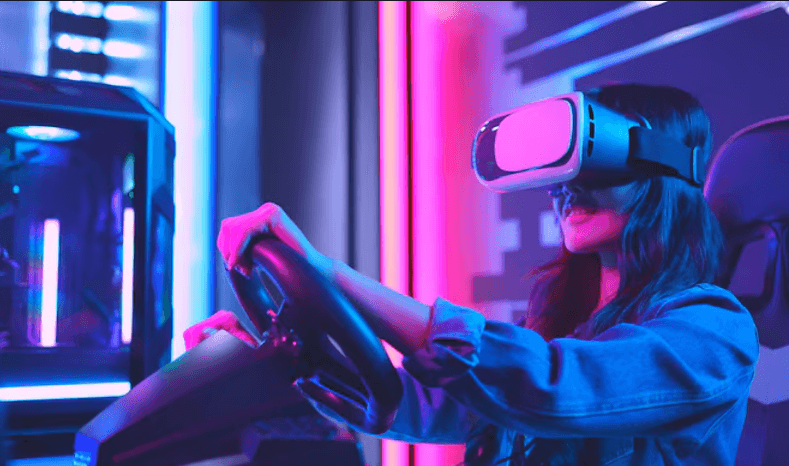The Evolution of Virtual Reality in Gaming and Education

The evolution of virtual reality has significantly impacted both gaming and education, creating new avenues for engagement and interaction. Early experiments laid the groundwork for transformative experiences. Advances in technology have shifted the focus from basic simulations to rich, immersive environments. This progression has not only redefined how stories are told in games but also revolutionized learning methodologies in classrooms. As these fields continue to evolve, the implications for users are profound and warrant further exploration.
The Birth of Virtual Reality: Early Beginnings in Gaming and Education
Although the concept of virtual reality (VR) may seem like a modern innovation, its roots can be traced back to the mid-20th century, where early experiments in immersive experiences laid the groundwork for future developments in gaming and education.
Pioneering experiments established foundational concepts that explored human interaction with technology, ultimately inspiring a vision for immersive environments that would evolve dramatically in subsequent decades.
See also: The Evolution of Video Conferencing Technology
Technological Advancements: From Basic Experiences to Immersive Worlds
As technology progressed, the evolution of virtual reality (VR) transformed from rudimentary simulations into rich, immersive environments that captivated users across gaming and educational landscapes.
Hardware improvements, such as advances in headsets and motion tracking, paired with software innovations like enhanced graphics and interactive narratives, enabled a more engaging experience.
This progress encouraged broader adoption, empowering users to explore limitless possibilities within virtual realms.
The Impact of VR on Gaming: Redefining Interaction and Storytelling
The advent of virtual reality has significantly transformed the gaming landscape, introducing a new paradigm for interaction and storytelling that was previously unimaginable.
This technology fosters immersive storytelling, allowing players to engage with narratives in ways that deepen emotional connections.
Enhanced player engagement is achieved through interactive environments, where choices shape outcomes, making each gaming experience uniquely personal and profoundly impactful.
Transforming Education: Interactive Learning Through Virtual Reality
While traditional educational methods often rely on passive learning, the integration of virtual reality (VR) is revolutionizing the way students engage with content.
Immersive simulations offer experiential learning opportunities that transcend conventional classrooms, enabling learners to explore complex concepts in a dynamic environment.
This transformative approach fosters curiosity and collaboration, empowering students to take charge of their education in unprecedented ways.
Conclusion
The evolution of virtual reality has not merely enhanced gaming and education; it has ignited a revolution, catapulting users into worlds beyond their wildest dreams. As VR technology continues to advance, the boundaries of interaction and learning will expand exponentially, offering experiences that are as transformative as they are immersive. The future holds the promise of a new frontier, where the lines between reality and virtuality blur, creating unparalleled opportunities for engagement and discovery across diverse fields.



